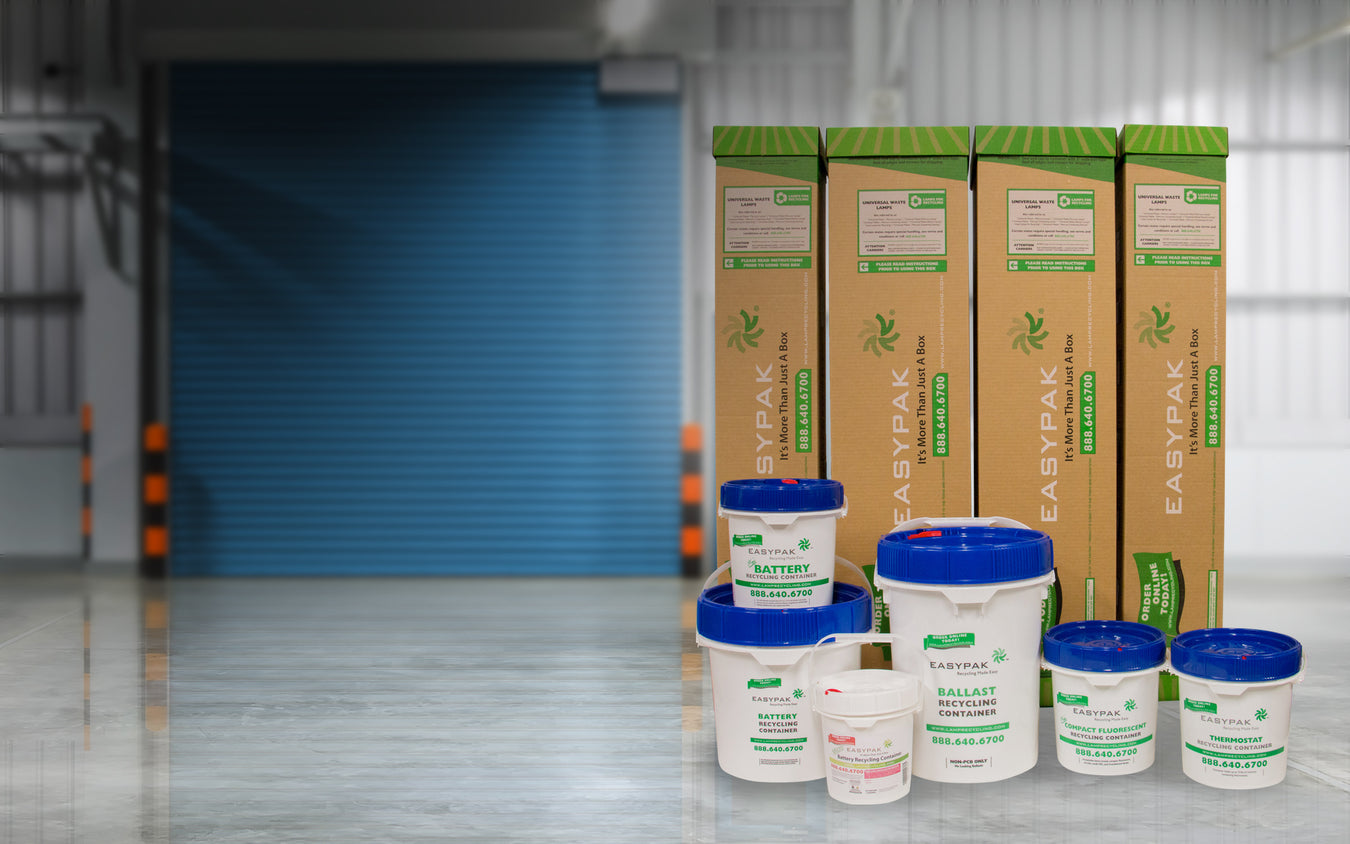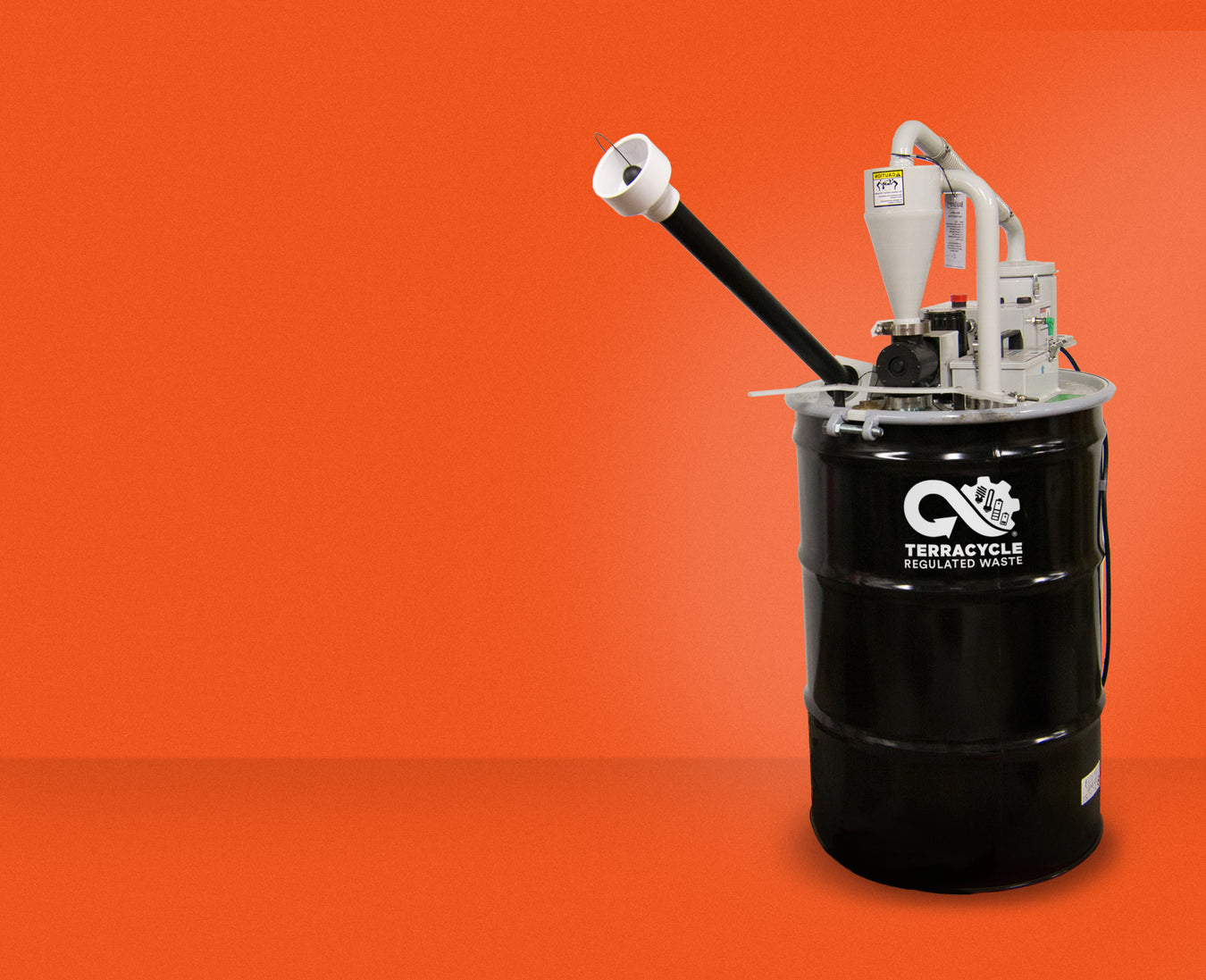EPA Regulatory Information
TerraCycle Regulated Waste provides the information in this section in order to familiarize TCRWUSA.com users with the regulations governing lamp disposal, and to identify for TCRWUSA.com users the government agency that may regulate their operations. TCRWUSA.com users may use this information as a starting point to determine how their facilities are regulated. Customers are cautioned against relying solely on the information contained below and should contact their state environmental protection agency for more information to determine how lamps are regulated in the states in which they operate.
- Regulations Summary
- Why is mercury an environmental concern?
- How do I know if my waste is hazardous?
- What's Hazardous?
- What are Universal Wastes?
- Does Quantity Matter?
- How do I get more information on these regulations and fluorescent lamp recycling
What are Universal Wastes?
Universal wastes are specific hazardous waste streams that facilities can choose to manage in an alternative manner in place of the more complex hazardous waste requirements. These wastes are typically generated by many facilities and are often not properly managed under hazardous waste regulations.
Universal Wastes include:
Lamps – Including fluorescent, high intensity discharge (HID), sodium vapor, mercury vapor, neon, and incandescent lamps Batteries – Including spent dry cell and lead-acid batteries Pesticides – Including certain suspended, canceled, or unused pesticides Devices containing elemental mercury – Including thermostats, switches, thermometers, manometers, barometers, and various medical devices





